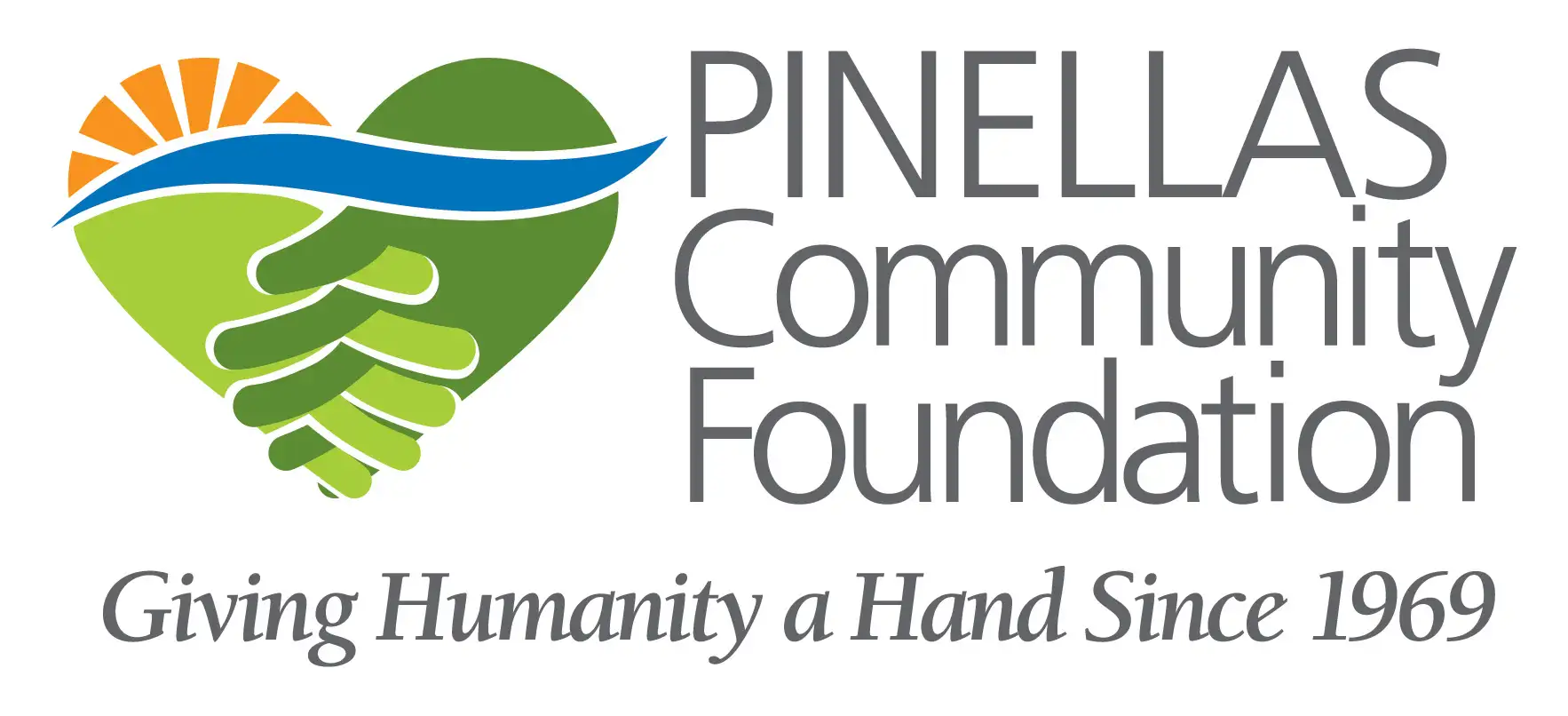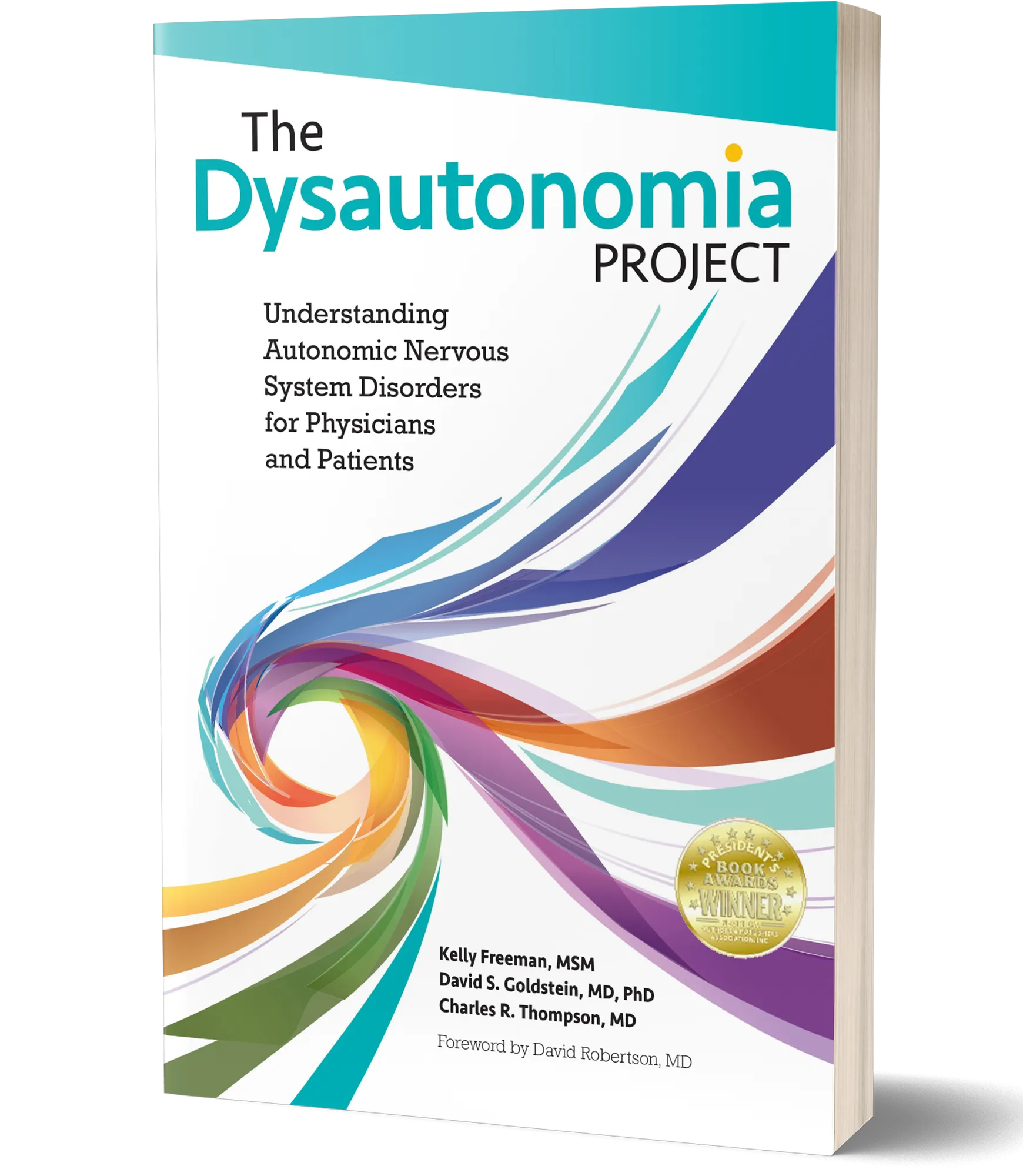A Brief Overview of POTS
Postural Orthostatic Tachycardia Syndrome (POTS) is a common but rarely known health condition affecting an estimated 1 in 100 teenagers and in the United States as many as 3 million adult and teen patients combined.
One of the most common forms of dysautonomia, POTS, is a dysfunction of the autonomic, or involuntary, nervous system that involves abnormal symptoms in many parts of the body including abnormal blood flow to the heart, lungs and brain, problems with digestion, temperature regulation and many other involuntary functions of the body. Because the condition involves the autonomic nervous system, which regulates mostly internal functions, it is commonly known as an “invisible illness.”
This chronic condition can be mild to disabling in patients and just as a short in a light bulb can cause the light to go on sometimes and flicker off at other times, the electrical impulses of the nervous system in POTS patients work, or fail to work, in a similar way. Most POTS patients experience periods of time when the severity of their symptoms and the levels of their pain vary. In some patients, symptoms are mild for months at a time and then become severe for months, while others have symptoms that vary as frequently as hour to hour. Approximately 25% of POTS patients experience symptoms so severe that they are unable to attend school, work, drive, and some are bedridden.
POTS and Depression: Four Trends
Because the person with POTS often cannot do the things healthy people can do combined with the vast lack of understanding of POTS in both the general population and the medical field, signs of depression are common. While further study is needed to clearly understand the relationship between psychological conditions such as depression and its relationship to POTS, three research teams at Vanderbilt University, The National Institutes of Health, and Baker IDI Heart & Diabetes Institute in Melbourne, VIC, Australia have helped us begin to better understand this relationship.
Four trends seem to emerge in examining recent medical literature:
- POTS is a Mind-Body Disorder because it is a condition with both physiological and psychological symptoms that are caused in part by abnormal release of chemical mediators known as neurotransmitters in the brain and other parts of the body.
- Most patients with POTS have pronounced cognitive difficulties such as inattention, which appear to be more pronounced in severity than anxiety and/or depression.
- Symptoms of POTS including cognitive function, anxiety and depression are worsened by stress including physical, such as orthostatic (upright) stress, or emotional stress.
- Neurotransmitters such as Norepinephrine, Dopamine, Adrenaline, Serotonin and Acetylcholine, which help the nervous system to work, are often released abnormally in patients with POTS and can affect the mental state of the POTS patient. It is important to use caution, especially initially, when taking antidepressant medications such as SSRIs2or SNRIs3 or other medications such as epinephrine often used in local anesthetics, which can further change the balance of these chemical neurotransmitters.
Resarch
In a Vanderbilt Autonomic Dysfunction Center Study conducted in 2008 comparing POTS patients with both ADHD patients and a normal control group, researchers revealed, “Patients with POTS did not have an increased prevalence of major depression or anxiety disorders, including panic disorder, compared with the general population. Patients with POTS had mild depression. They scored as moderately anxious on the Beck Anxiety Inventory but did not exhibit a high level of anxiety sensitivity. Patients with POTS scored significantly higher on inattention and ADHD subscales than control subjects. These symptoms were not present during childhood. Patients with POTS do not have an increased lifetime prevalence of psychiatric disorders. Although they may seem anxious, they do not have excess cognitive anxiety. They do experience significant inattention which may be an important source of disability.”

David S. Goldstein, Senior investigator at the National Institute of Neurological Disorders and Stroke explains how dysautonomias involve both the physical and mental health of the patient. “Disorders involving the adrenaline family are, possibly more than any other ailments, mind-body disorders. In many ways the autonomic nervous system operates exactly at the border of the mind and body. This is a difficult subject for both doctors and patients. The problem is the old notion that the body and mind are separate and distinct in a person and so disease must be either physical or mental. If the disorder were physical, it would be “real,” something imposed on the individual, whereas if it were mental, and “in your head,” it would not be real, but something created in and by the individual… (these notions) are outdated.” It is appropriate to note that some patients with POTS also have a more complex case than others including co-existing conditions. The research reference listed above isolated patients with a confirmed diagnosis of POTS without other co-existing medical conditions. Patients with POTS experience a three-pronged battle in managing their condition: the physical, emotional, and spiritual battle. Clearly there are many physical difficulties, which must be managed such as dealing with abnormal circulation and the abnormal response to the stress of an upright posture. As mentioned in the research above, there are also many emotional/mental difficulties to overcome. Additionally, there is the spiritual battle, which, if ignored, can in part cause the POTS patient to “lose hope.”
According to former Harvard Medical School faculty member and practicing psychiatrist, Doug Welpton, MD, there is an important distinction to be made between depression and despair. Despair is depression at its worst. When depression becomes despair, the person has lost hope.7 If a person is depressed, they may seem tired, lacking initiative with low energy. But if the person who is exhibiting signs of depression “gives up” or “loses hope” it is at this stage that the person may become a danger to him/herself and/or others. It is important to note that many POTS patients consider the thought of dying as an alternative to suffering. But most do not report thoughts about planning a suicide.
Conclusion
If you are concerned about depression in yourself or someone you know who has POTS, seek the help of a licensed medical professional who is knowledgeable about Dysautonomia. The POTS patient who has a high level of stress, a lack of support from family and friends in dealing with their condition, and who is not connected with medical professionals who can guide them in managing their invisible illness is at the highest risk for losing hope.
The best way to keep depression from turning into despair is to fight the three-pronged battle. Physically, by gaining knowledge of POTS and finding medical professionals who are willing to have a two-way discussion, working together to create and adapt treatment plans as needed. Emotionally, to feel loved and supported by family members and friends who understand the unique needs of the POTS patient including the need to sometimes talk openly about their symptoms and the need of family members to be flexible especially when symptoms become more severe. And, spiritually, to have faith in a power greater than yourself which gives both strength and hope.
This article is written in memory of Christina Tournant (June 24, 1997 – March 5, 2015) who impacted the lives of so many people. We will continue your fight.
References:
[1] Dysautonomia International Webpage; What is Dysautonomia? March 11, 2015
[2] Mar, Philip L, et. al. “Acute Hemodynamic Effects of a Selective Serotonin Reuptake Inhibitor in Postural Orthostatic Tachycardia Syndrome: A Randomized Crossover Trial.”, Journal of Psychopharmacology (Oxford, England) November 13, 2013.
[3] Green, Elizabeth A. et. al. “Effects of Norepinephrine Reuptake Inhibition on Postural Orthostatic Tachycardia Syndrome.” Journal of The American Heart Association; October 2, 2013.
[4] Raj, V. et. al., “Psychiatric profile and Attention Deficits in Postural Tachycardia Syndrome.” Journal of Neurology, Neurosurgery & Psychiatry; October 31, 2008.
[5] Anderson, Jake W. et. al., “Cognitive Function, Health-Related Quality of Life, and Symptoms of Depression and Anxiety Sensitivity are Impaired in Patients with the Postural Orthostatic Tachycardia Syndrome (POTS). Frontiers in Physiology. June 25, 2014.
[6] Goldstein, David S. Adrenaline and the Inner World: An Introduction to Scientific Integrative Medicine. Johns Hopkins University Press, Baltimore, MD; 2006
[7] Welpton, Doug. Phone Interview. March 12, 2015.





























3 Responses
Oh thank you for this article! I’m so worried about my 24 yr old grandaughter who just quit her job as an ICU nurse after an extended medical leave.The POTS symptoms and constantly changing meds is making her sicker. You are so right about this being a physical AND emotional and spiritual disease. I have a whole team of people praying for her.
What medical professional is best qualified to treat a POTS patient.? My 24 yr old grandaughter is under the care of a cardiologist but I’m not sure he’s qualified to change her anti-anxiety meds around to help her low blood pressure. She was getting sick from the potassium supplements and now it’s the Effexor he put her on to replace the Lexapro she had been on.
Hi Judy – it is hard to say what medical professional is “best qualified”. Any internal medicine doctor, cardiologist, etc. who is willing to listen and learn about dysautonomia to best meet her needs could realistically help. In the ideal world, your granddaughter would see a board-certified autonomic specialist; however, there are only about 62 board-certified autonomic doctors in the WORLD. This number pales in comparison to the estimated 70 million people suffering from dysautonomia and creates a huge demand they are unable to meet. There are still some great doctors out there and we encourage you to check out our provider finder to find one in your area!